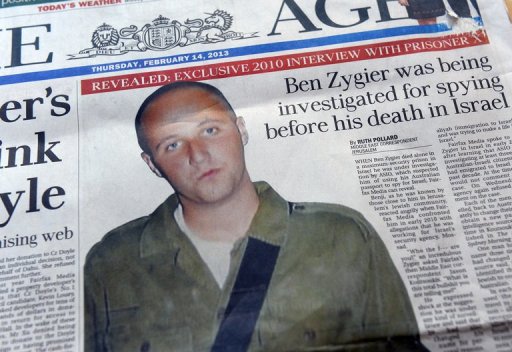CAIRO: The atmosphere resembles a school’s annual sports day: parents and teachers eagerly looking on, teams of students cheering each other, and a general expectant buzz.
Yet it is not a battle where muscles are being stretched, but a tussle of minds that requires exercising the imagination. At the FIRST LEGO League Challenge held in Sawy Culture Wheel on Feb. 13, students translate months of work into a day’s play. The challenge was also held in Alexandria’s Russian Cultural Center on Feb. 17 and 18.
Thirteen schools and about 30-70 students, between 9 and 16 years of age, participated in the Cairo event aimed to awaken young minds on topical issues. Following last year’s challenge on climate issues, this year’s topic involved the students in challenges of research and engineering on “Smart Move, regarding transportation, be it of vehicles or of data.
For Inspiration and Recognition of Science and Technology (FIRST) is an American NGO that develops programs for kids between 6-18 year olds to increase their enthusiasm about technology. Starting with FIRST Robotics Competition (FRC), the project expanded outside the USA and Canada, and when allied with LEGO, came up with the FIRST LEGO League (FLL) Challenge.
The challenge was bi-partite: first, students came up with strategies to counter problems of transportation in their communities. Students would find problems in their defined communities which could be “their school, their streets, even the outer space, project organizer Hassan Shehawy told Daily News Egypt. Participants would research and present solutions to these problems to representatives in their communities, such as teachers or mayors.
Solutions provided by student towards traffic congestion involved scheduling different opening and closing hours for organizations so that the roads would not be congested with traffic accumulated by both school and work. Another solution was for commuters from districts outside of Cairo – such as Assiut and Ismailia – to leave their cars outside the city and use telefreight (change from road to rail) inside the city.
The winning project by ITWizards2 involved designing an underground grid of pipes to collect rubbish from everywhere to a remote place for recycling. The underlying idea was that rubbish accounted for overcrowded streets and rubbish trucks made traffic difficult.
In Alexandria the winning team designed a system of three components. The first was a bumper, a spring in the car which would send a signal to the counter when compressed. The counter, the second component, checked the number of cars entering a street. Third, a large screen displayed which streets were empty and which had more cars, allowing drivers to avoid getting stuck in traffic jam.
The second part of the challenge involved using science and engineering to master complex missions of a Lego based Robot Game. Each team was given a LEGO kit which could be assembled to make a robot. The “Mind Storm NXD kit contained a sound intensity sensor, an ultrasonic sensor, a light sensor and a touch sensor. A processing unit, and three motors and other basic components were also used to make the robot.
Teams were juxtaposed and set on a timer of two-and-a-half minutes to carry out several missions. Names such as “Gluons and “TheWizard1 fought against each other to complete missions as fast as possible, while teammates from school cheered on with fervor akin to that found at a football pitch.
Students were competing for five awards: the Research Project Medal, Robot Design Medal, Robot Performance Medal, Teamwork Medal, and the Champion cup for the highest total score.
The mother of a child from Badr Language School told Daily News Egypt that this was the first time her son had been involved in such an event. “He’s been working at it for months, she said about her 15-year-old who walked around wearing his team’s t-shirt that declared “I’m So Bored.
Yet his attitude belied the stimulation of the practical exercises as well as creative thinking involved in the challenge. “Even parents felt that the children left better than how they entered, said co-organizer Dina Alriedy.
Trainings on research and creative thinking involved for children to learn teamwork and the ability to listen to each other despite the disparity in age between 9-16 year-olds. “Students helped each other even in their competition, helping each other create robots, Alriedy said.
By working together in a team, meeting others, and learning new skills, the students had all emerged as winners, said Alriedy, adding that the theme was “What we gain is more important than what we win.
Winners of this League’s challenge, the Sonics team, participated in an all-Egypt tournament on March 5 and 6. An All-Arab world competition took place on March 13. Winners will go on to represent Egypt in April in international tournaments in America, in Europe, and Asia.
For more information on the FIRST LEGO League, visit http://www.firstlegoleague.org/. For the Egypt site please visit http://www.ieeegoldegypt.org/FLL/. The Facebook group link to FLL Egypt is http://www.facebook.com/group.php?gid=91782352528.

